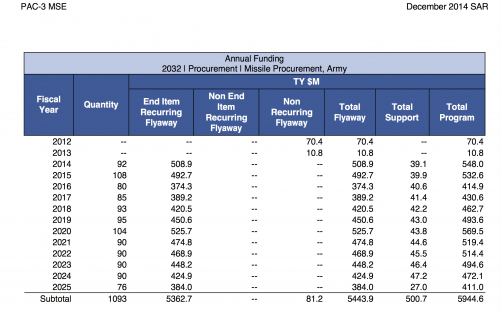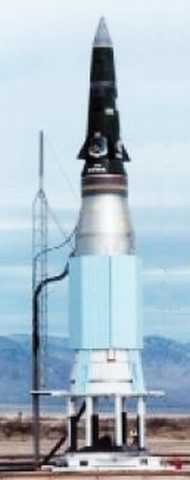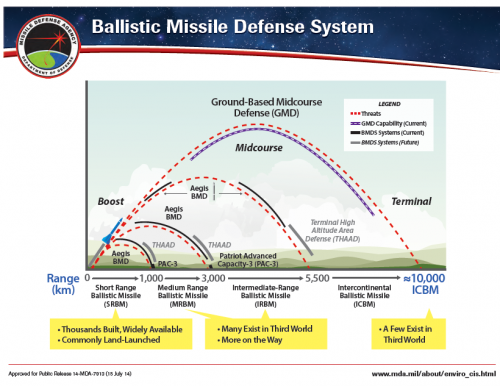The Navy recently sent Defense Secretary Jim Mattis an accelerated shipbuilding plan that would build an additional 23 ships, at a cost of $61.8 billion, over the future years defense plan beginning in fiscal year 2017, according to a white paper obtained by Inside Defense.
The service's force-structure assessment that was released in December called for the Navy to grow its fleet to 355 ships.
"Breaking from the historically budget-driven process, the Navy has completed an internal review that has attempted to answer a very different question -- 'How rapidly could the Navy increase its force size guided by operational requirements, industrial base capacity, and good stewardship of the taxpayers' money?'" acting Navy Secretary Sean Stackley wrote in a Feb. 9 letter to Mattis that accompanied the white paper. The letter and white paper have not been previously reported.
Stackley admits in the letter the Navy's proposal is "ambitious" and could be considered as a future plan to recover from a long period of "deficit investment."
The accelerated shipbuilding plan calls for an additional DDG-51 Flight IIA destroyer, four DDG-51 Flight IIIs, five Ship-to-Shore Connectors, one Columbia-class ballistic missile sub, one LPD-17 amphibious transport dock, two LX(R)s, one LHA Flight I amphibious assault ship, three John Lewis-class oilers, one ocean surveillance ship replacement, one tug and salvage replacement ship, two Expeditionary Fast Transports, and three Expeditionary Mobile Bases.
The plan also cuts one Littoral Combat Ship and calls for two small surface combatant ships to be built each year after LCS is complete.
"Exploratory analysis indicates that existing shipyards have sufficient production capacity to accept additional orders for ships already under construction," according to the white paper. "This applies to DDG-51, Small Surface Combatants, LPD-17, T-EPF and T-ESB classes in particular."
Virginia-class submarines and Ford-class aircraft carriers have additional shipyard and supplier constraints that may prohibit rapidly ramping up production rates in the near term, the white paper reads.
The service proposes building a Ford-class carrier every three-and-one-half years instead of in five-year increments beginning with CVN-80 and CVN-81.
"Delivery of CVNs 81, 82, and 83 would be accelerated by one, two, and five years, respectively," according to the white paper.
The Navy suggests building Virginia-class subs at a rate of two boats per year and three in years that would not impact Columbia-class sub manufacturing.
Additionally, the Navy proposes an accelerated procurement plan of $29.6 billion for 268 additional aircraft over the FYDP beginning in FY-17.
The service argues an increase in aircraft is needed to outfit the additional ships in the proposed acceleration plan.
"Aircraft production lines that have the greatest amount of unused capacity include F-35, F/A-18E/F, V-22 (both CMV-22 and MV-22), MQ-4C, E-2D, and KC-130J," according to the white paper.
Over the FYDP the Navy proposes purchasing an additional 24 CMV-22Bs, 29 MV-22Bs, four C-40As, 11 E-2Ds, 52 F/A-18Es, 56 F/A-18Fs, 21 F-35Bs, 26 F-35Cs, 14 KC-130Js, four MQ-4Cs, 28 P-8As, and four UC-12Ws.
https://insidedefense.com/daily-news/proposed-navy-shipbuilding-plan-adds-23-ships-five-years




